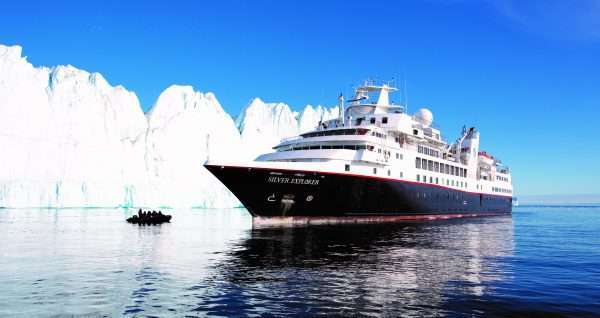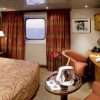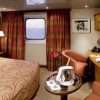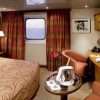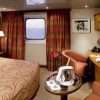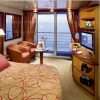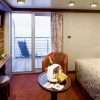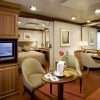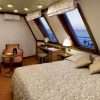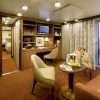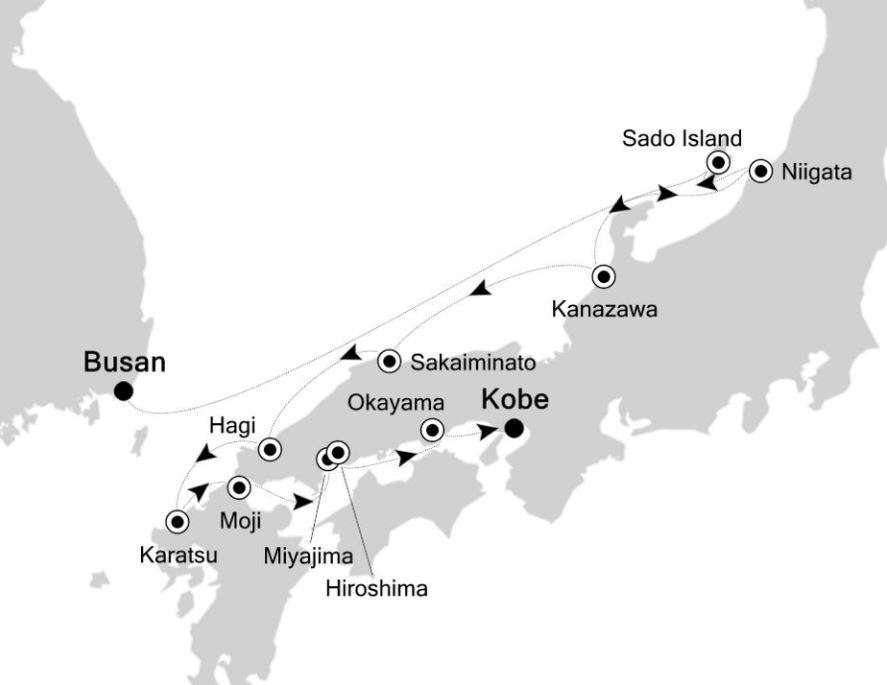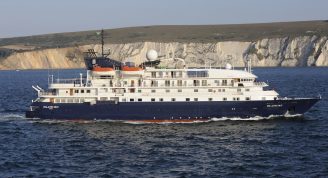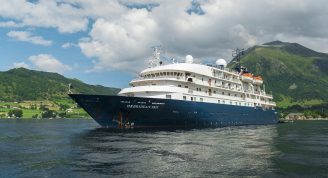Description
Take the next three weeks to discover Antarctica, South Georgia and the Falkland Islands. These are some of the remotest destinations on the planet, and home to much wildlife. From beaches covered in penguins to seas filled with marine life, the sheer abundance is jaw-dropping! Additionally, the region is coloured with centuries of intrepid explorer history, much of which you’ll discover on out shore excursions with our expert guides. Explore the rugged beauty of these pristine landscapes, bathe in history past and present and enjoy one of the inspiring trips you will ever experience. End with an overnight in Buenos Aires.
Trip Name
24 Days Antarctica & South Georgia Luxury Expedition - Puerto Williams to Buenos Aires
Days
24
Overview
Vessel Type: Luxury Expedition
Length: 164.40 metres
Passenger Capacity: 200
Built: 2021
Silver Endeavour is redefining the frontier of luxury expedition cruising. Purpose-built for polar exploration and launched in 2021, this state-of-the-art vessel combines cutting-edge technology, sleek design, and Silversea’s hallmark personalised service to deliver one of the most advanced expedition experiences at sea. With a PC6 ice-class hull, a superb 1:1 crew-to-guest ratio, and the highest expert- and Zodiac-to-guest ratios in the industry, Silver Endeavour is your gateway to the most remote corners of the globe — from the Arctic to Antarctica — with absolute comfort and ease.
On board, guests enjoy an exceptional array of elegant suites, all with private balconies and expansive views, as well as fine dining across multiple venues, including French gastronomy at La Dame and Italian cuisine at Il Terrazzino. Public spaces such as the Observation Lounge, Explorer Lounge, and glass-enclosed Pool Deck offer stylish havens for relaxation between immersive shore excursions. With her refined interiors, curated library, spa, and mud rooms for expedition prep, Silver Endeavour is the epitome of ultra-luxury travel — built to venture where few have gone before, without compromise.


